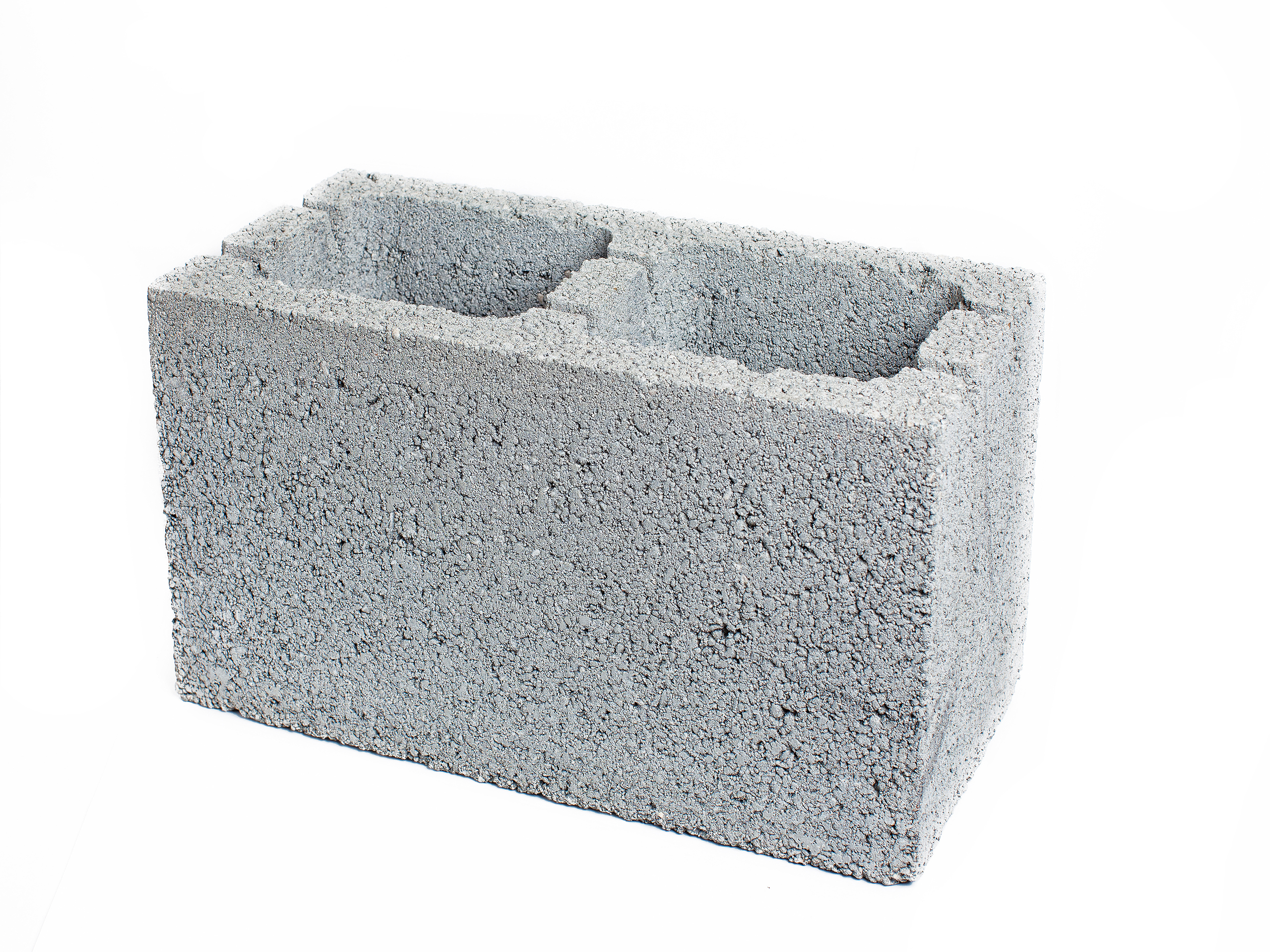Many project concrete mix designs submitted for use on new construction projects do not comply with the code-required acceptance criteria but are approved anyway. Why is this? Well, the devil is in the details, and the person approving the concrete mix design is often not aware of all the details of the applicable concrete mix design acceptance criteria.
ACI 318-19 (concrete code), Section 26.4.3 (b), requires that concrete mixture proportions be established in accordance with Article 4.2.3 of ACI 301, “Specifications for Structural Concrete.” See the excerpt from ACI 301, Article 4.2.3, at the bottom of the page, which invokes ACI 301 Articles 4.2.2 and 1.6.6.1. These two additional articles of ACI 301 include a plethora of compliance criteria with which project concrete mix designs must comply (that are often overlooked):
- Target slumps for concrete
- Nominal maximum size of coarse aggregate
- Maximum allowable air contents
- Concrete exposure class criteria compliance (ACI 301 and ACI 318, Chapter 19)
- Minimum compressive strength requirements
- Maximum water-cement ratios
- Field strength data used to perform statistical analysis shall represent materials, mixture proportions, and quality control procedures similar to those experienced in the work
- Compressive strength tests used for statistical analysis must be consecutive tests
- Materials used in concrete mixtures must be the same as submittals included in mix design package submitted for the work
- Certificates of compliance and quality data on mix materials should be included in mix design package submitted for project approval
These mandatory requirements are just a few of the many outlined in Article 4.2.3 of ACI 301.
ACI 301, Article 4.2.3 Proportioning
4.2.3.1 Proportion concrete to comply with Article 4.2.2 and so that concrete can be worked readily into forms and around reinforcement without segregation, and to provide an average compressive strength adequate to meet acceptance requirements of Article 1.6.6.1.
___________
Trouble Deciphering the Code? Call the Experts at F&R!
Contact Alan S. Tuck, Director of Code Compliance & Training, Author of Speaking in Code
T 540.344.7939 | M 540.798.4440 | [email protected]
For a complete picture of the Code and how it relates to Special Inspections, F&R would love to provide a virtual AIA-accredited Lunch & Learn presentation to the professionals at your firm.






